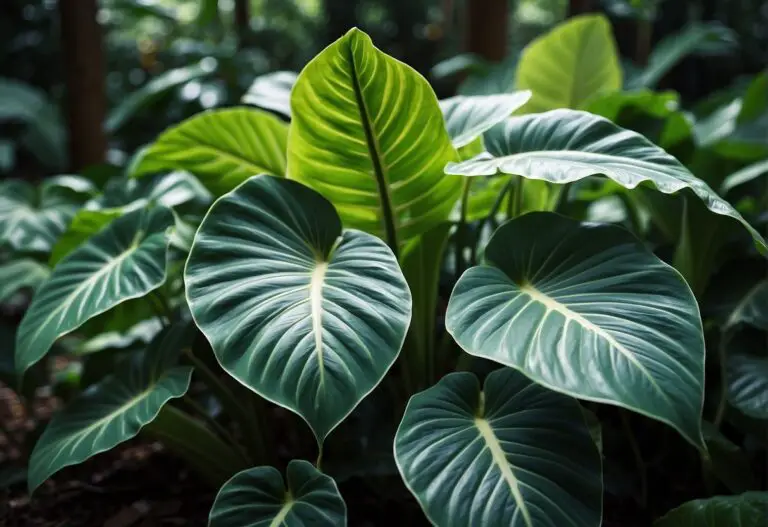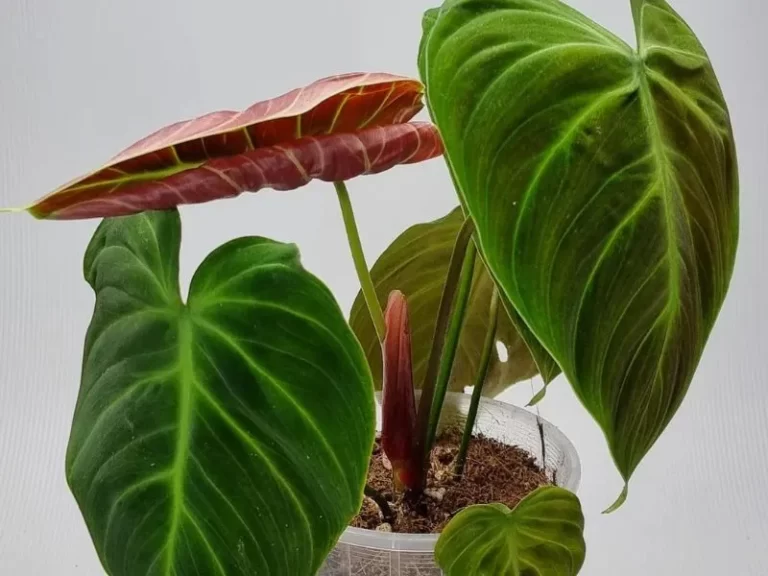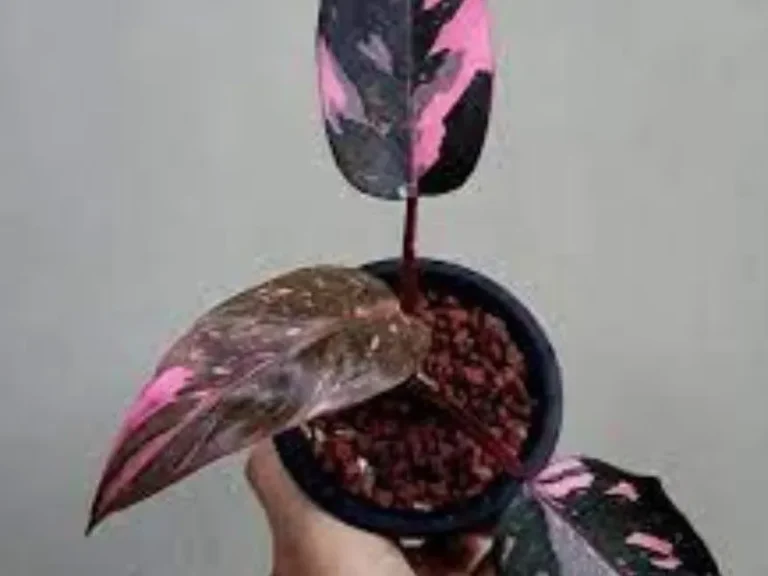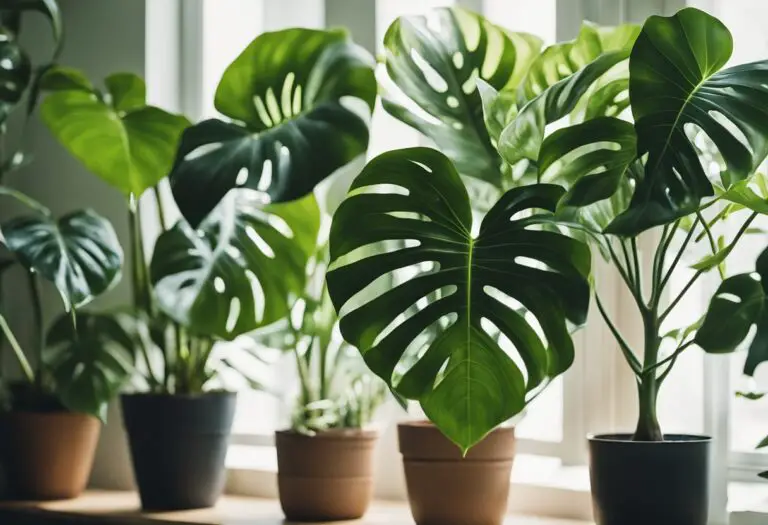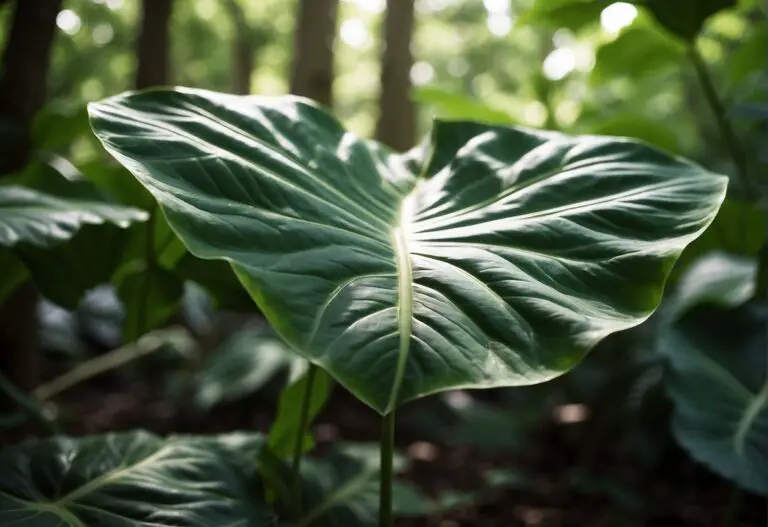Clay Soil: Pros & Cons and How to Enhance
One cannot overestimate the importance of the soil type when it comes to determining a farming strategy. It’s not just about knowing what you’re working with but having an understanding how to make the most of it for your plants.
While the types of soil are largely dictated by the local climate, biological activity, rock type, etc, human activity also plays a significant role in shaping its formation, productivity, and potential changes.
Unfortunately, many aspects influencing the soil types might be beyond the farmer’s control. However, no matter what soil type you inherit, the right techniques and a little effort can help you transform even the most challenging ground into a fertile haven. To back up this statement, we’ll use clay soil as an example of how while being tricky it can still be improved and used for planting.
Clay Soil Pros & Cons
Among the different types of soil for growing cash crops, clay soil is often met with mixed feelings by growers due to its challenging nature and the unique care it requires. And yes, its dense, heavy structure makes it notoriously difficult to work with. Digging becomes a strenuous task, especially when the soil is wet and sticky, leading to compaction even with minimal disturbance.
Dry conditions are no better — the soil type turns so hard that breaking it up will require some serious strength. More so, such compaction interferes with proper drainage and restricts the essential flow of oxygen, while trapping carbon dioxide.
Of course, it’s not just disadvantages. There are some undeniable beneficial properties clay soil possesses. First and foremost, its ability to retain water reduces the need for frequent watering, a significant advantage during droughts or for gardeners in dryer regions.
This retention also means clay is typically nutrient-rich, holding onto vital minerals like calcium, magnesium, and potassium, which are essential for healthy plant growth. In addition, the natural expansion and contraction of clay soil through seasonal temperature changes can help break up the soil particles over time, somewhat reducing the need for manual cultivation.
Now that we’ve covered strong and weak points of clay soil, let’s move on to the actual planting and its specifics for this particular soil type.
Planting in Clay Soil
Although clay soil is not considered the option for planting one would pick on the soil types chart, there are ways to make it work. The key to success lies in understanding and accommodating its unique properties.
When dealing with clay’s notorious extremes — too hard when dry and overly sticky when wet — timing your planting is everything. Aim for periods when the soil is neither too parched nor saturated. This ensures easier handling and prevents compacting.
Remember that enhancing drainage is non-negotiable when it comes to clay soil. Incorporate a layer of gravel or sharp sand at the bottom of your planting hole to facilitate water flow. Combine this with well-composted organic matter turned over with the existing soil. This dual approach not only improves drainage but also enriches the soil with nutrients and improves its structure.
Planting on a small elevation is another effective strategy. It ensures that water drains away from the plant’s base, reducing the risk of root rot while still allowing moisture to reach where it’s most needed.
Most importantly, make sure to provide diligent soil care after planting. Regularly check the soil moisture and water appropriately until the plant is firmly established, usually within the first 12 weeks. During drought conditions, consider a thick layer of mulch to conserve moisture, regulate soil temperature, and add an organic matter boost.
Improving Clay Soil
Despite not being the first choice among soil types for plants, clay soil treated with proper management and care can be turned into a fertile and productive garden or farm bed.
We’ve already mentioned that understanding the nature of clay is crucial. Its fine particles stick together, leading to poor drainage and aeration. When wet, it becomes slick and sticky, and when dry, it’s as hard as concrete. These conditions make it difficult for plant roots to penetrate and for water to go through effectively.
Several strategies can be employed to tackle these issues. First, avoiding compaction is paramount. Therefore, growers should avoid working the soil when it’s wet and limit walking on it to prevent further compaction.
Incorporating organic matter can also significantly improve clay soil structure. Materials like compost, decomposed manure, leaf mold, and green plants are excellent choices. They break down quickly and add essential nutrients back into the ground. By adding several inches of those and working them gently into the top layers of the soil, gardeners and farmers can gradually improve the soil’s texture, fertility, and drainage capacity.
Mulching is another beneficial practice. Applying a layer of organic mulch, such as bark, sawdust, or wood chips, not only helps retain moisture and suppress weeds but also contributes to the gradual improvement of the soil’s structure.
A great method to improve clay soil in many ways is to plant cover crops like clover, hairy vetch, or borage, which serve multiple purposes. They protect the soil from erosion, improve its structure and fertility, and boost biodiversity. These crops send roots down into the clay, breaking it up and adding organic matter when they decompose. Later, when these plants are turned back into the soil, they further contribute to its improvement.
While improving clay soil is neither quick or easy, especially amidst having to fight the consequences of climate change, the results over time can be highly rewarding. For those looking for immediate solutions, raised beds can provide an alternative. Filled with high-quality soil, they offer an immediate area for planting while the clay soil beneath gradually benefits from the ongoing amendments.

